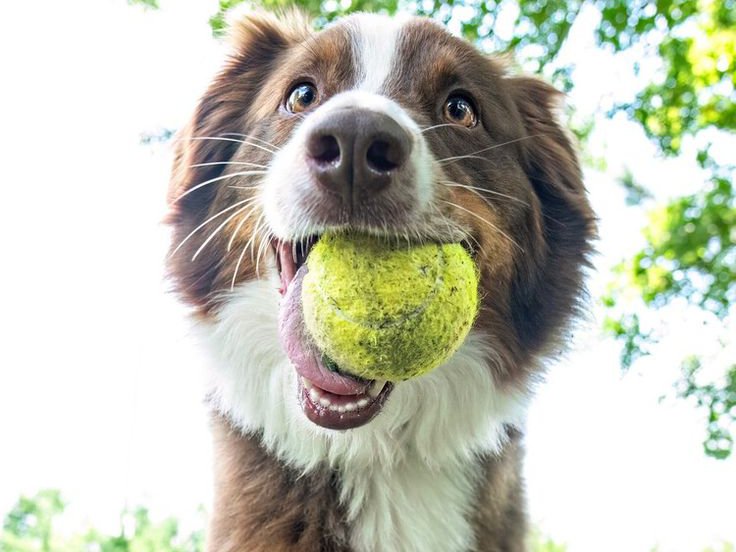If you’ve ever tossed a tennis ball and watched your dog take off like a rocket, tail wagging and tongue flopping, you’ve witnessed a classic canine obsession in action. The tennis ball craze is one of the most universal dog behaviors — but why exactly are dogs so in love with these fuzzy, bouncing spheres?
From instinctive prey drive to sensory satisfaction, there are several reasons why dogs go wild for tennis balls. Understanding this fascination can help you use tennis balls for healthy play, mental stimulation, and deeper bonding with your pet.
The Science Behind the Obsession
1. Chasing Is Instinctive
Dogs are descendants of predators. The fast movement of a tennis ball mimics prey behavior — it rolls, bounces unpredictably, and can be “caught.” For many breeds, especially retrievers and herding dogs, chasing a tennis ball taps directly into their natural prey drive.
2. Texture and Feel
There’s something about the fuzzy texture of a tennis ball that dogs find satisfying to bite and chew. It provides just enough resistance without being too hard, triggering a chewing instinct that releases feel-good endorphins in the brain.
3. Scent and Taste
Over time, tennis balls absorb the smell of your dog, your home, and even you — making them comforting objects. Some dogs become attached to a particular ball and won’t play with a replacement because it doesn’t “smell right.”
Are Tennis Balls Safe for Dogs?
While tennis balls can offer great entertainment, there are a few things to watch for:
Chewing damage: Some dogs can chew tennis balls aggressively, wearing down the outer layer and potentially swallowing pieces, which could cause choking or digestive issues.
Dental wear: The fuzz on standard tennis balls is abrasive and can wear down a dog’s enamel over time, especially in power chewers.
Choose dog-safe versions: Many pet brands offer tennis balls made specifically for dogs — non-toxic, non-abrasive, and built to resist destruction.
Final Thoughts
The tennis ball craze in dogs is a fascinating blend of biology, behavior, and bonding. These bright yellow toys offer more than just fun — they activate your dog’s brain, satisfy natural instincts, and strengthen your connection with them.
So next time your pup races across the yard after a bouncing ball, remember: it’s not just play — it’s instinct, joy, and love wrapped in a fuzzy green shell.
Learn More
For more about canine instincts and play behavior, visit the petniq.com
